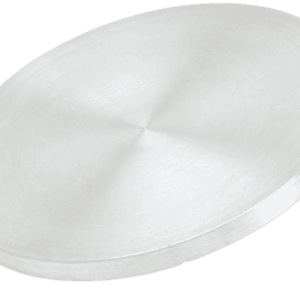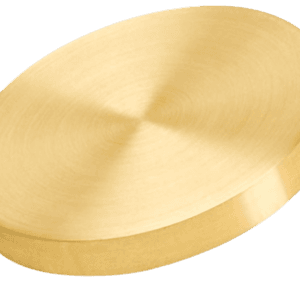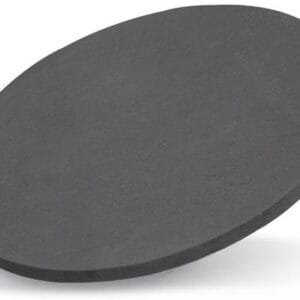Barium Bismuth Oxide Sputtering Target Description
The Barium Bismuth Oxide Sputtering Target is a highly specialized component used in the sputtering technique for thin film deposition. During sputtering, high-energy ions bombard the target material, causing it to release atoms. These atoms then settle onto a substrate, forming a thin film with specific desired attributes.
Barium Bismuth Oxide is gaining considerable attention in materials science due to its unique characteristics. Studies have shown that this compound can exhibit superconducting properties, making it a valuable subject for research into superconducting materials. Its ability to conduct electricity with zero resistance at low temperatures highlights its potential for advancements in low-temperature technologies.
Additionally, Barium Bismuth Oxide may also show magnetic properties, thanks to the bismuth content in its composition. This combination of superconducting and magnetic features makes Barium Bismuth Oxide a versatile material with potential applications across various scientific and technological fields.
Related Product: Barium Titanate Sputtering Target, Barium Zirconate Sputtering Target
Barium Bismuth Oxide Sputtering Target Specifications
| Compound Formula | BaBiO3 |
| Molecular Weight | 394.31 |
| Appearance | White Target |
| Melting Point | – |
| Density | 7.6 g/cm3 |
| Available Sizes | Dia.: 1.0″, 2.0″, 3.0″, 4.0″, 5.0″, 6.0″ Thick: 0.125″, 0.250″ |
Barium Bismuth Oxide Sputtering Target Handling Notes
For Barium Bismuth Oxide Sputtering Targets, indium bonding is often recommended to address certain challenges related to sputtering. This material, known for its brittleness and low thermal conductivity, can be prone to thermal shock. Indium bonding helps mitigate these issues, enhancing the target’s performance and reliability during the sputtering process.
Barium Bismuth Oxide Sputtering Target Application
Barium Bismuth Oxide Sputtering Target Packaging
Our Barium Bismuth Oxide Sputtering Target is meticulously managed throughout storage and transport to ensure it retains its high-quality standards and remains in optimal condition.
Get Contact
TFM offers Barium Bismuth Oxide Sputtering Targets in various forms, purities, sizes, and prices. We specialize in high-purity thin film deposition materials with optimal density and minimal grain sizes, which are ideal for semiconductor, CVD, and PVD applications in display and optics. Contact Us for current pricing on sputtering targets and other deposition materials that are not listed.


 MSDS File
MSDS File



Reviews
There are no reviews yet.